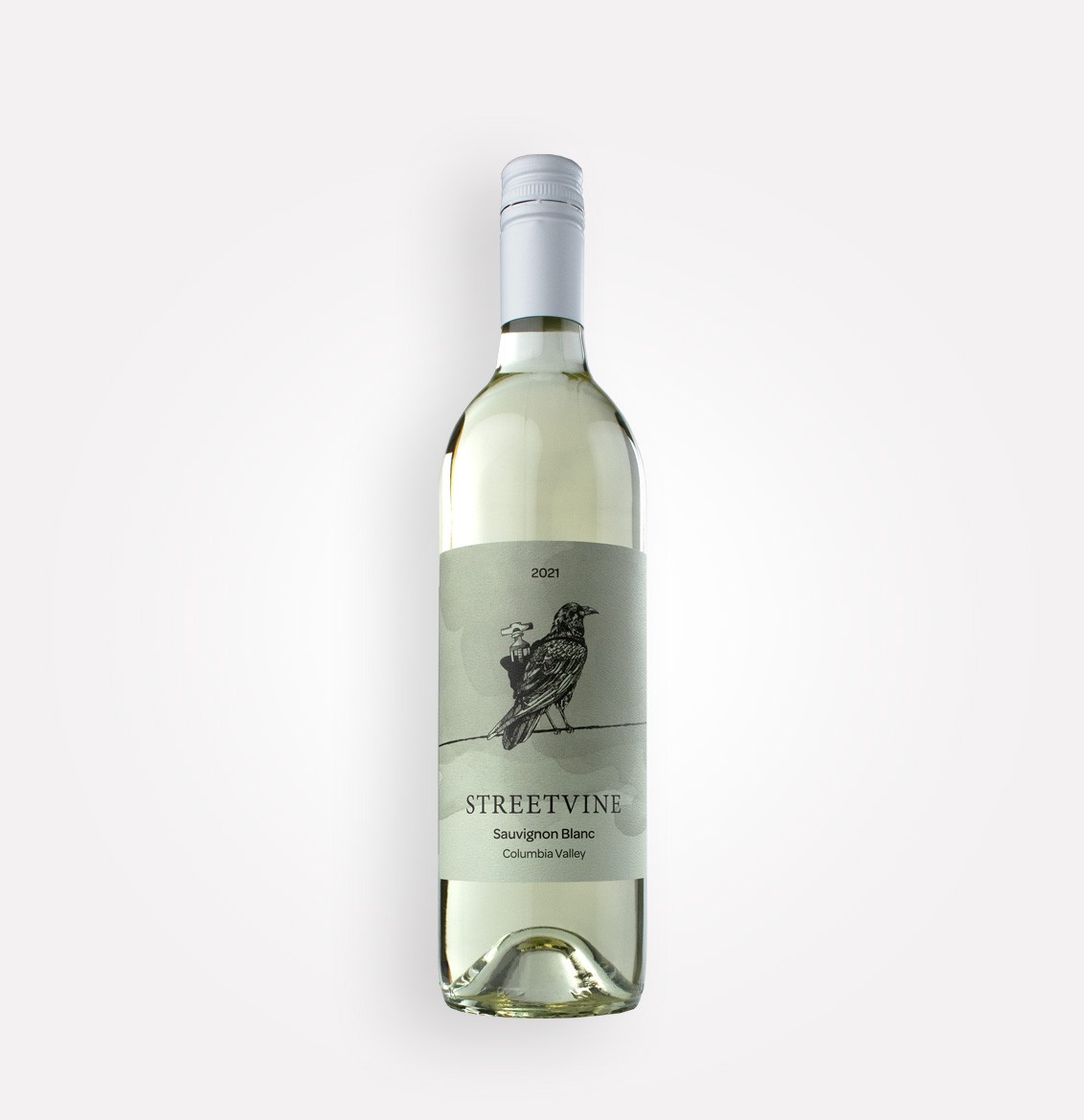The journey to find Oregon Chardonnay’s styles
It’s only fitting that Pinot Noir’s Bourgogne soul-mate Chardonnay should have found its place in the cool climate of Oregon too. Chardonnay carries a lot of weight as “the winemaker’s wine,” a stylistic chameleon engaging wine drinkers across many flavors and price points.
It can be that light-bodied, happy hour wine with citrus and apple flavors easily paired with food and conversation. Or it can be the majestic age-worthy Grand Cru Montrachet, with trademark acidity, white fruits, white flowers, and hazelnut. It still pairs with food and conversation, maybe just different food and conversation.
Meanwhile, in Oregon
Chardonnay was the primary white grape in Oregon in the 1980s, but it was muscled off the map by Pinot Gris in a burst of popularity around 2000 and currently is a meager 7% of total grape plantings. The good news is that more Chardonnay is being grown.
Some people may not remember the 80s (hey, there’s no judgment here at RWC) or recall the warm climate and ultra-ripe California-style Chardonnay popular in America. Rich, buttery, soft wines with ample oak and residual sugar complement your feathered hair. Oregon has a cool climate, and determined manipulation in the winery can mimic that ultra-ripe warm style. Still, winemakers embraced the characteristics that make Oregon unique: its climate, long summer days, and spectacular terroir.
The Dijon Clones
Oregon’s original Chardonnay cuttings came from California with a lineage traced back to late 1800s France. Pioneering winemakers knew they had the climate and land, but terroir-loving Chardonnay produced variable results as a wine. Students of wine can probably guess the next part of the story – wine inspires curiosity and continuous efforts to refine the communication between grape, soil, and glass. That lead to interest and adoption of the Dijon clones and a significant change in Oregon Chardonnay. The Dijon clones had characteristics including ripening, vigor, and sugar potential that presented different options for successful wine production. For example, planting a high sugar potential clone at a cool site limits plant maturity and sugar accumulation, producing moderate alcohol and balanced wine.
Many excellent wines were and are still made with the original Chardonnay vines because they too were optimally located. Ultimately, the key to finding an Oregon Chardonnay you like may primarily lie in the precise match of terroir and vine. Happily, the Oregon vigneron has already done this for us.
What is an Oregon Chardonnay, then?
Oregon Chardonnay has a ripe fruit character and moderate alcohol levels. Before temperatures get out of hand, cooling winds and large diurnal temperature swings preserve vital acidity in the grapes. The result is a fruit-forward wine with ideal acidity, body, texture, balance, and long aging potential. Winemakers judiciously use oak to shape but not overwhelm the wines. They are memorable, food-friendly, and genuinely represent the parcels of land they call home.
The world’s benchmark Chardonnay is from Bourgogne. Oregon invites that comparison with its cool climate and ability to produce distinctive Chardonnay from carefully curated sites and Bourgogne winemaking techniques. The first Willamette Valley wines I tasted had intense aromas of white flowers, crisp and clean, loaded with flavors of lemon and wet, crushed stone – an almost instant transport to tasting in Chablis. Wines from the Eola-Amity Hills build on a similar citrus and stone core in a rounder texture with hints of tropical and stone fruit and baking spice. Where is that basket of gougere?
Get out and find these wines and remember, the closer you look, the deeper and more varied the wines. You won’t find a butter bucket here; that’s a few hours south and maybe a few decades back.
Learn more about Oregon wines
5 Oregon winemakers to know for Oregon Wine Month
10 things we love about Oregon wine country
We’re enjoying Oregon sparkling wine
Guide to cool climate viticulture
Let them drink Oregon Pinot Noir!
Delight is in the details – Northern Oregon terroir
Delight is in the details – Southern Oregon terroir




